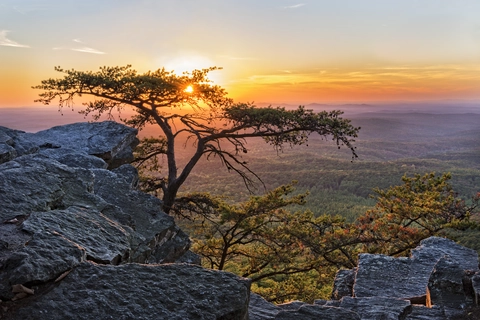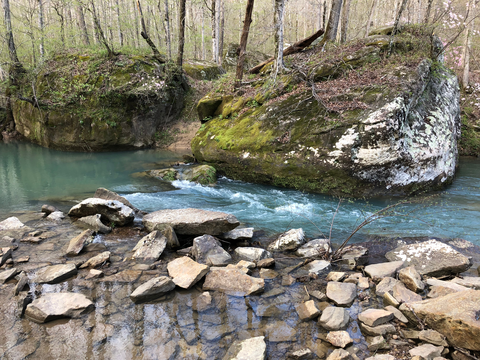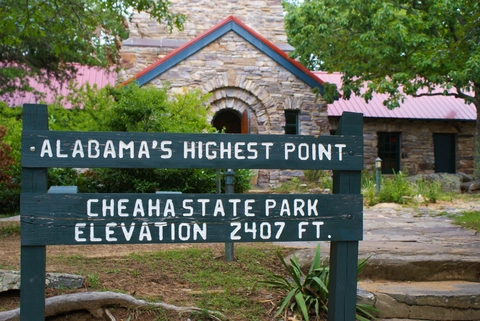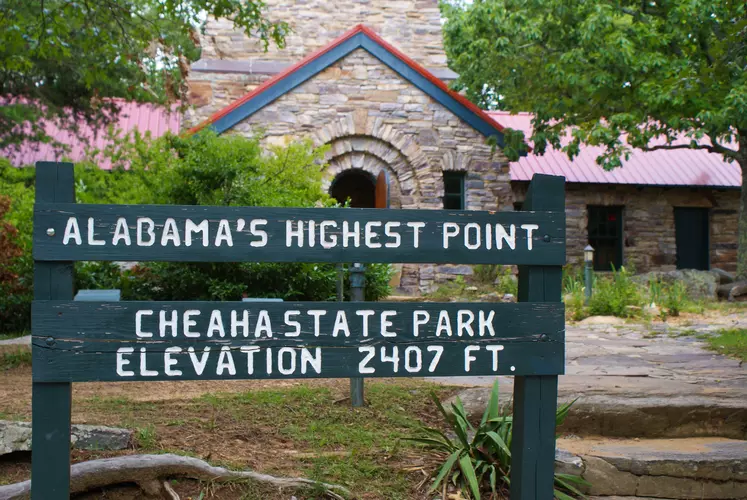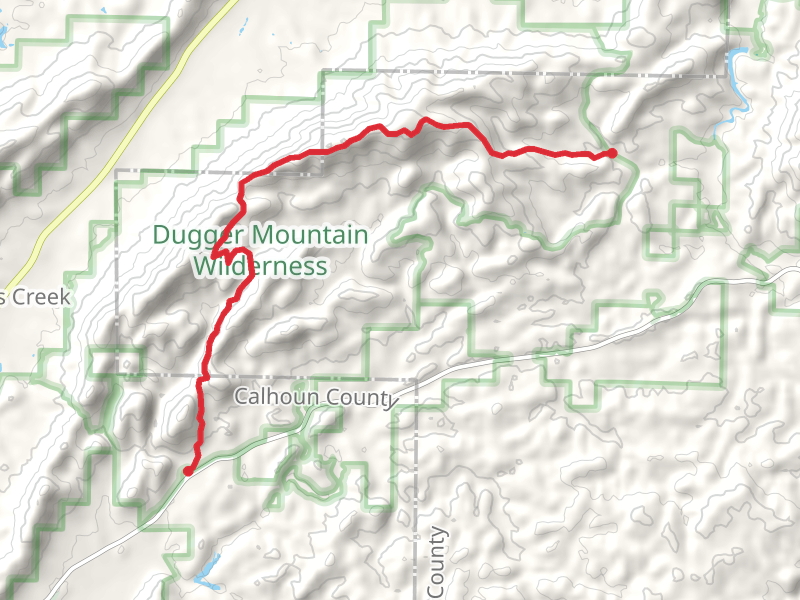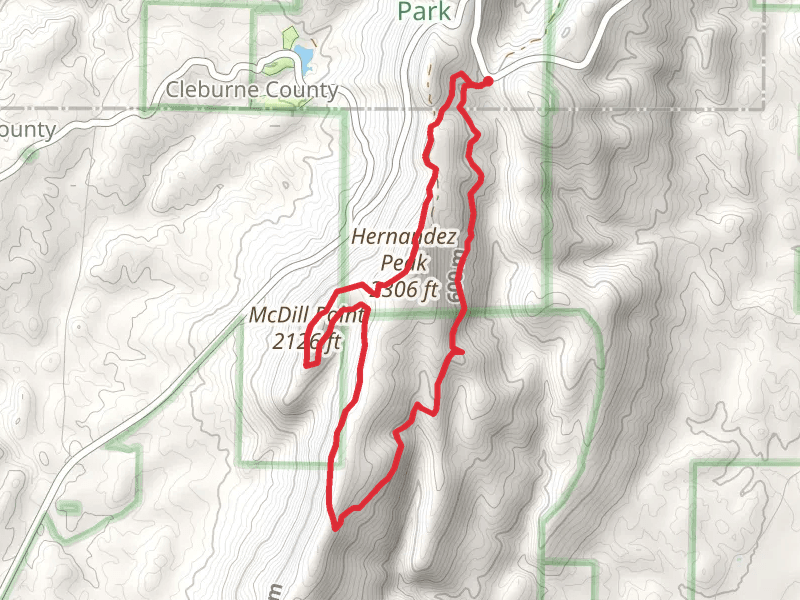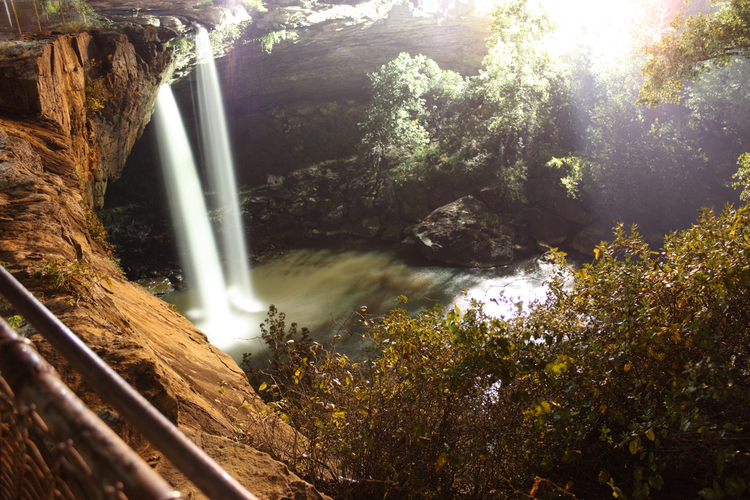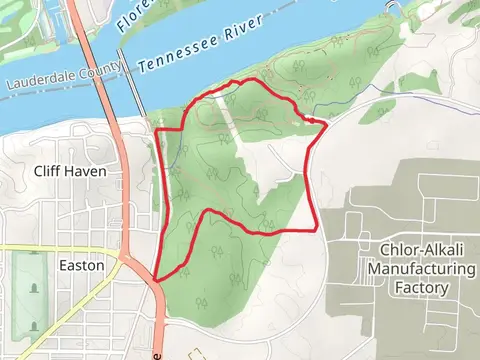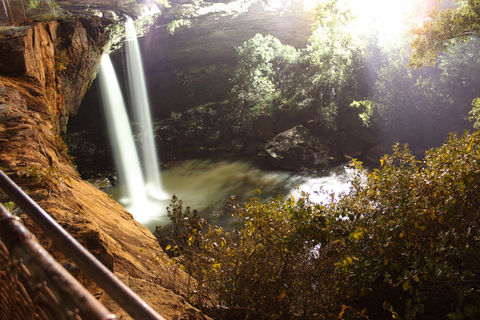"Alabama's trails offer enchanting journeys through lush forests, stunning vistas, and vibrant natural wonders."
Alabama offers a diverse tapestry of trails that beckon hikers to explore its natural beauty. From the lush forests of the Sipsey Wilderness, known as the "Land of a Thousand Waterfalls," to the breathtaking vistas atop Cheaha Mountain, the state's highest point, Alabama's trails promise adventure and serenity. Discover hidden caves, vibrant wildflowers, and rich wildlife as you traverse paths steeped in history. Each trail offers a unique story, inviting you to experience the heart of the South.
Most popular hikes
FAQs about hiking in Alabama







